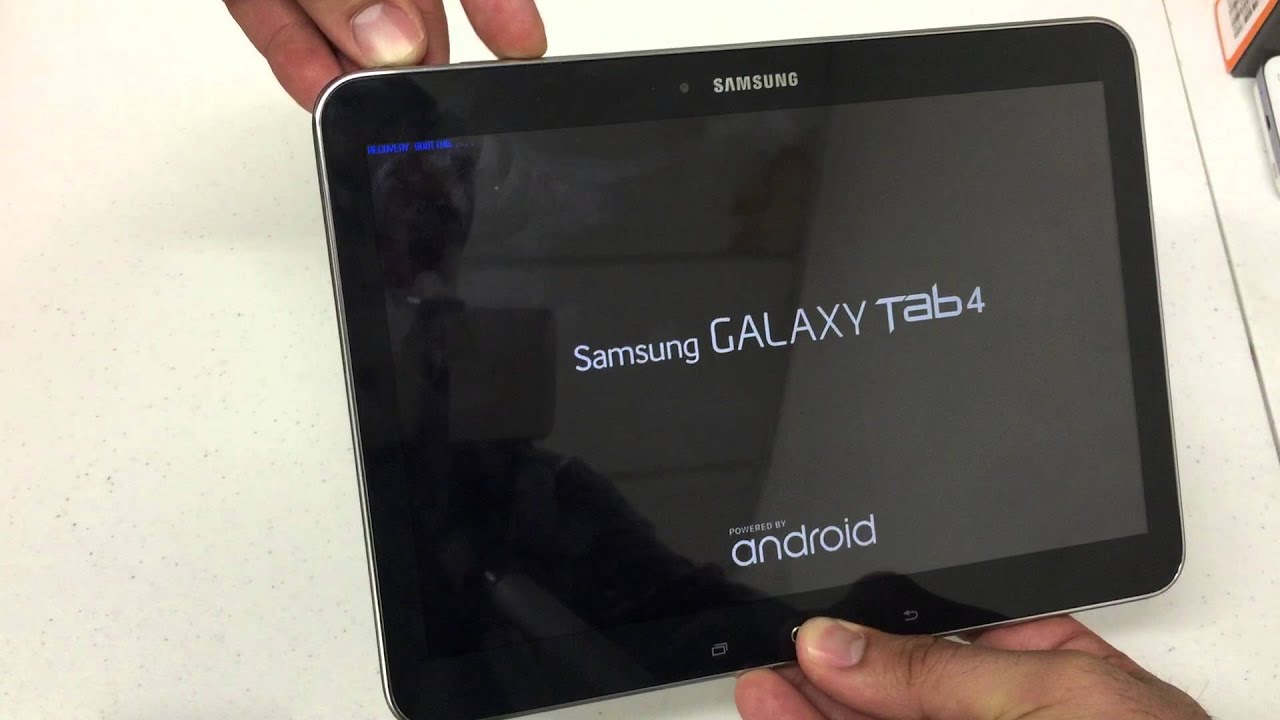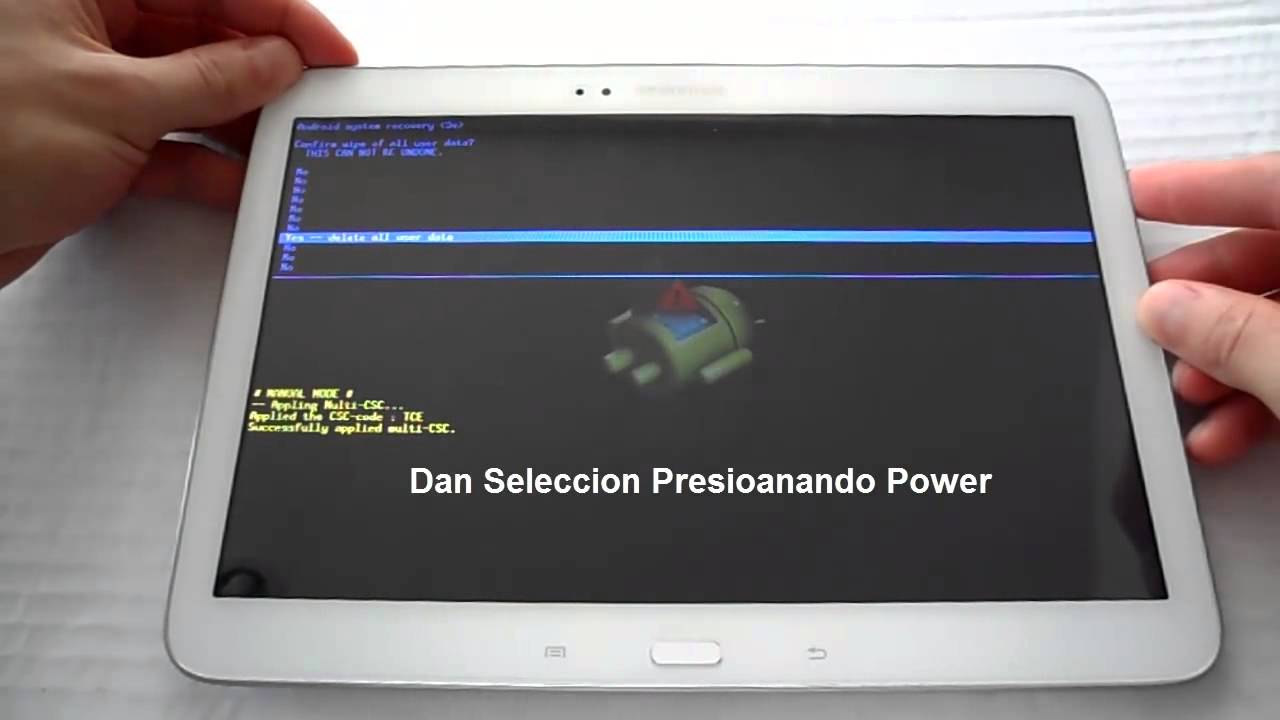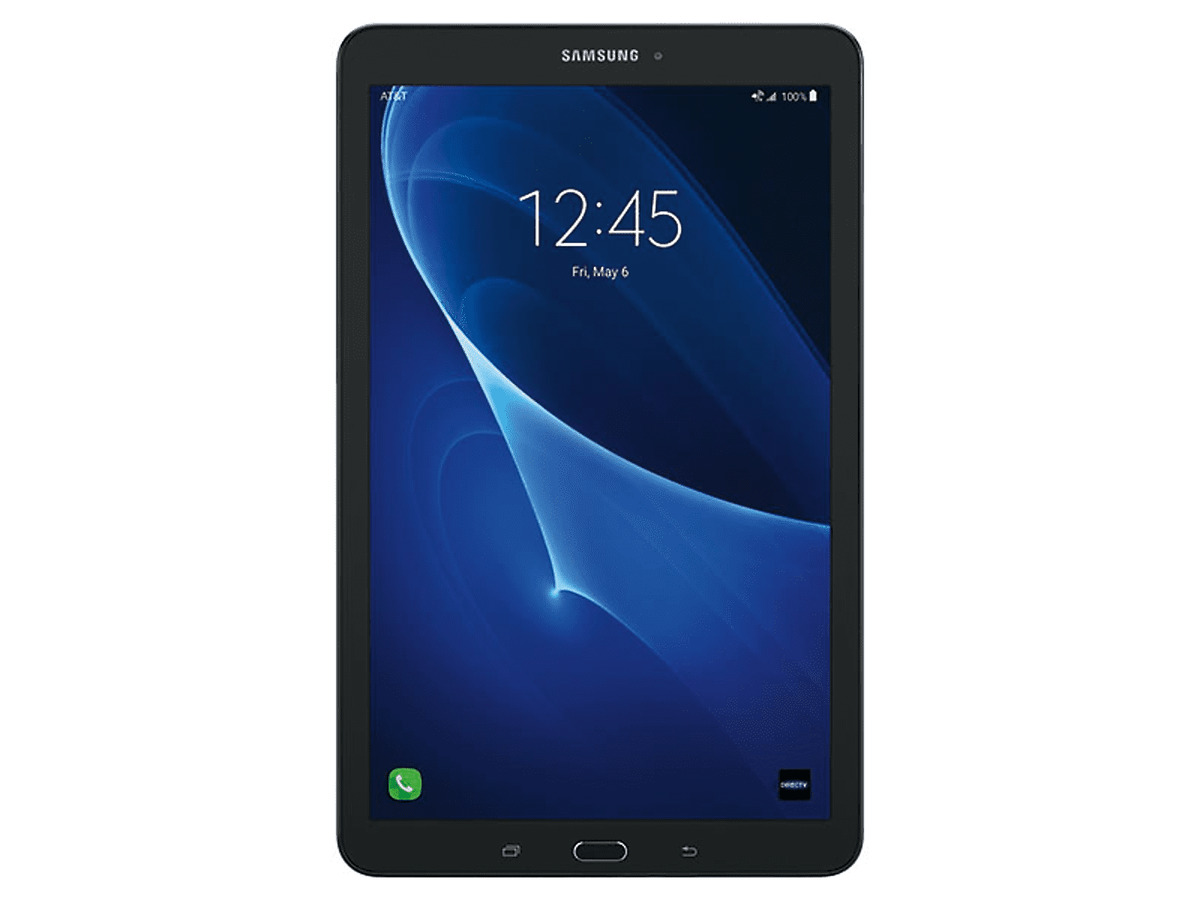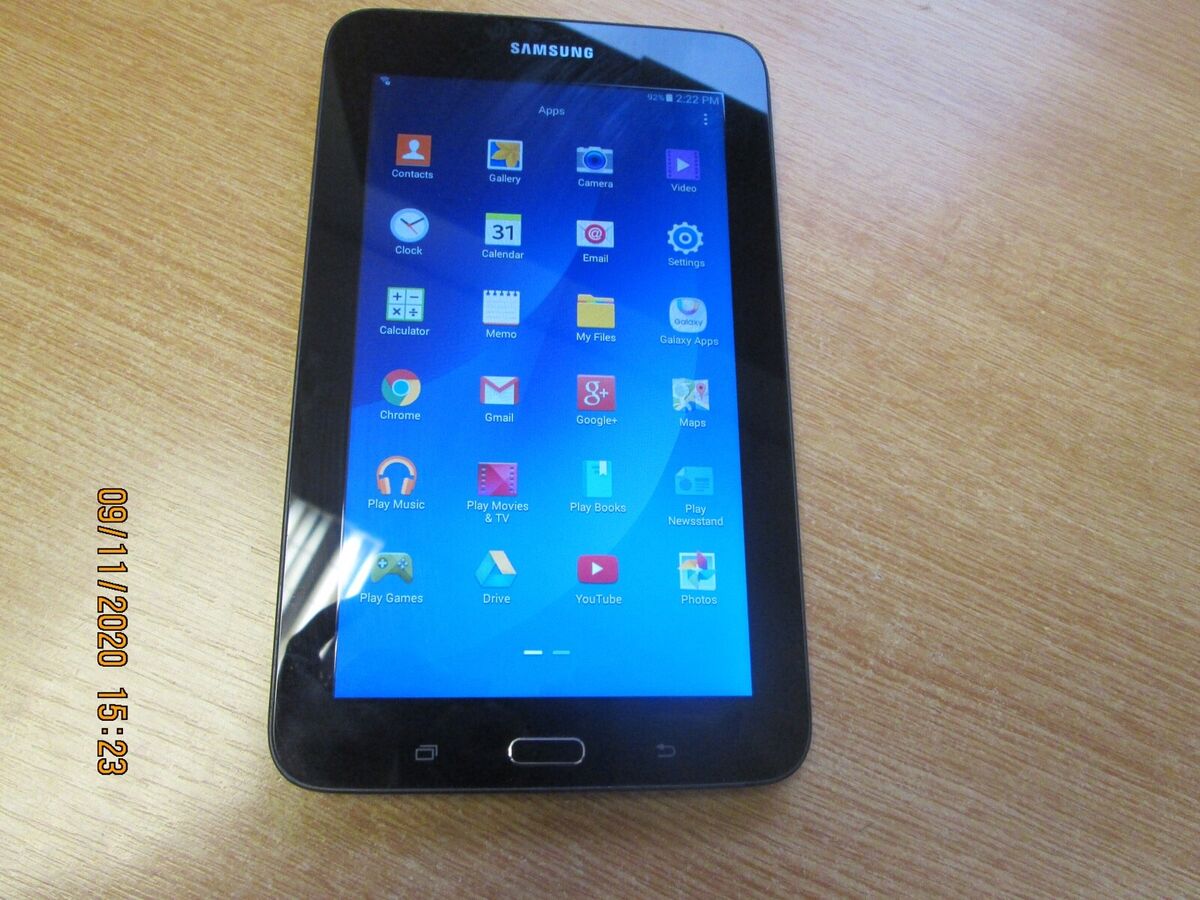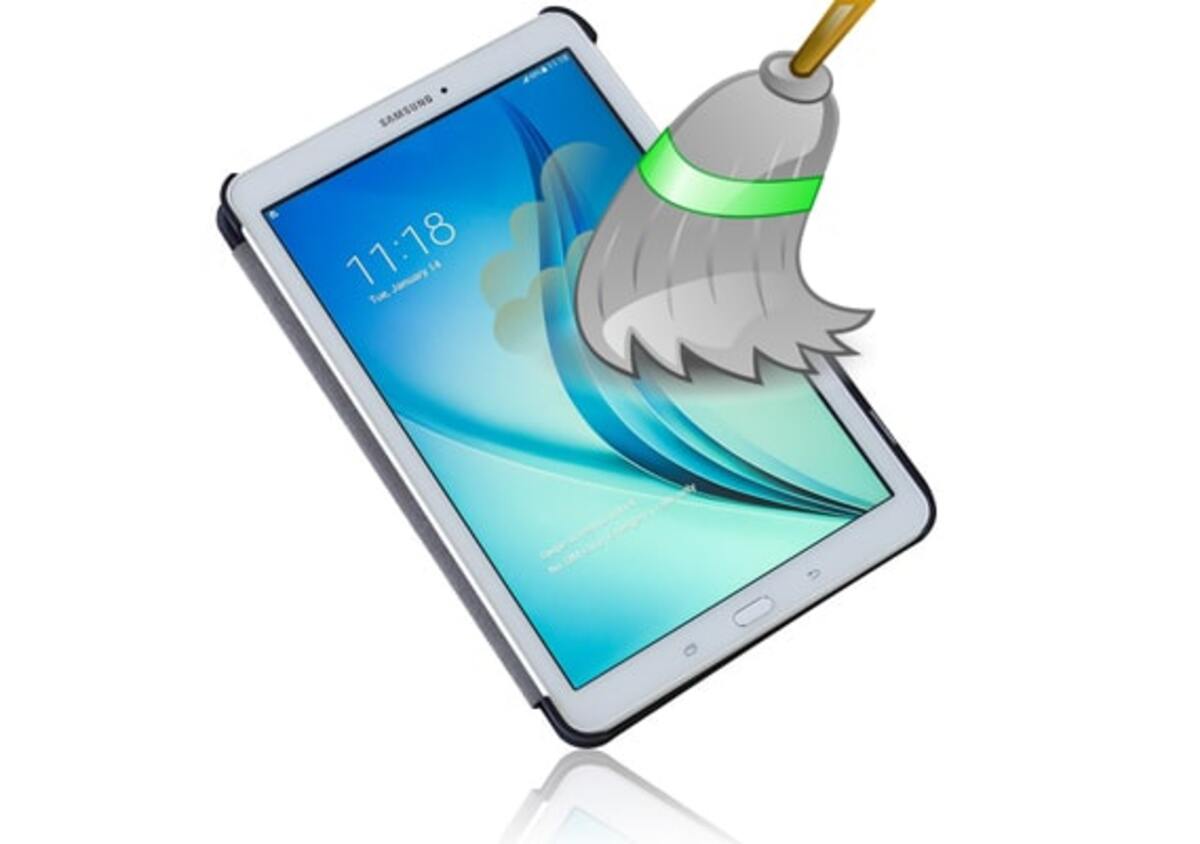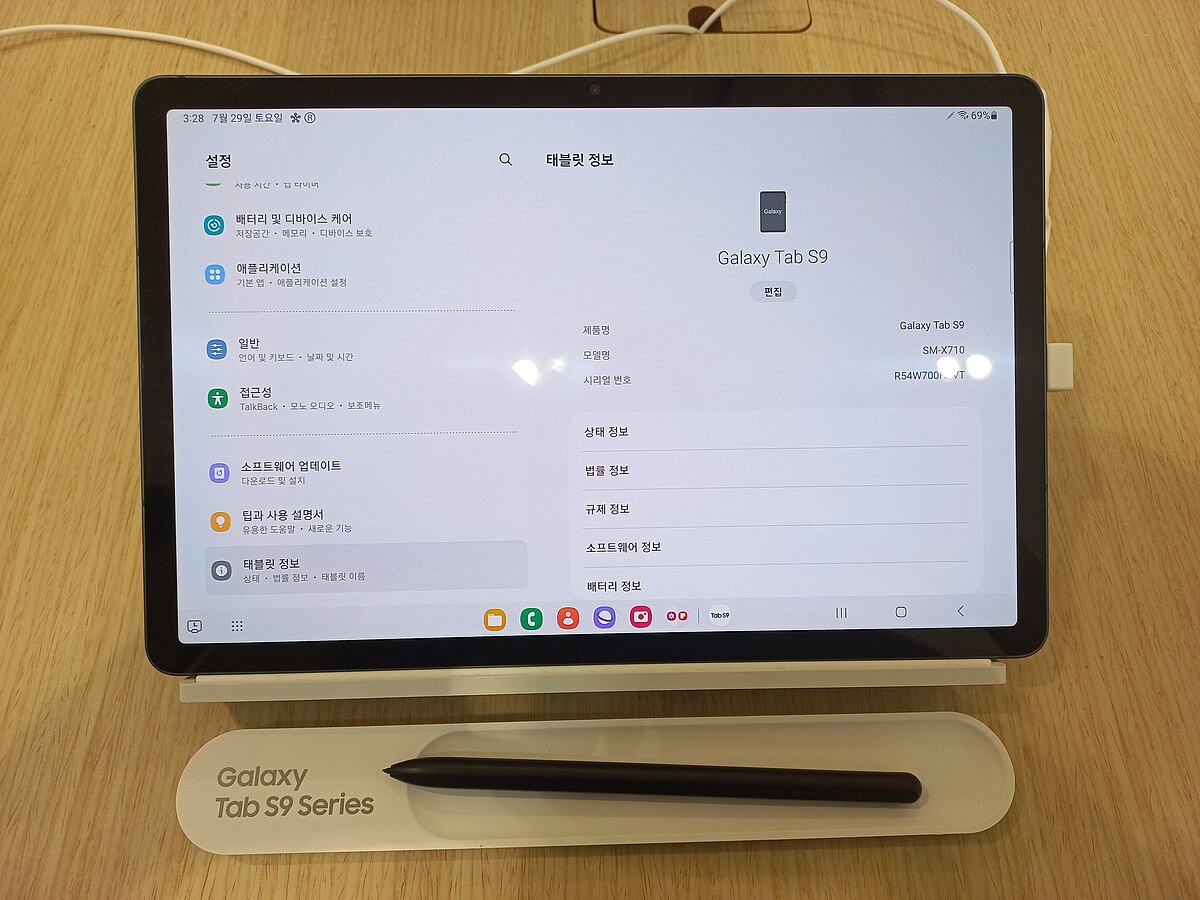Introduction
Welcome to our guide on how to reset your Samsung Galaxy Tab 4. If you’re experiencing frequent crashes, freezes, or other issues with your tablet, a reset can help resolve these problems and restore your device to its factory settings.
Resetting your Samsung Galaxy Tab 4 can be a useful troubleshooting step for a variety of issues. It can help fix software glitches, remove malware, speed up your device, and improve overall performance. However, it is important to note that resetting your tablet will erase all data and settings, so it is crucial to back up your important files before proceeding.
In this guide, we will walk you through the process of resetting your Samsung Galaxy Tab 4. We will cover how to back up your data, perform a factory reset, and restore your data after the reset. Additionally, we will provide some valuable tips to help prevent the need for future resets.
Before we begin, it’s important to understand that a factory reset should be considered a last resort. If you’re experiencing minor issues or slowdowns, there may be other troubleshooting steps you can take before resorting to a reset. However, if you’ve tried other methods without success, a reset can be an effective solution.
Now, let’s dive into the step-by-step process of resetting your Samsung Galaxy Tab 4 and getting your tablet back to optimal performance.
Part I: Why Reset Your Samsung Galaxy Tab 4?
A reset can be a powerful tool to resolve various issues with your Samsung Galaxy Tab 4. Here are some common scenarios where a reset can be beneficial:
- Software Glitches: Over time, your tablet’s software may encounter bugs or glitches that can lead to performance issues. Resetting your device can help clear out these software hiccups and restore your tablet to its original state.
- Device Freezes or Crashes: If your tablet frequently freezes or crashes, a reset may be necessary to address the underlying cause. It can help to eliminate any temporary files or processes that may be causing the device to become unresponsive.
- Performance Issues: Is your tablet running slower than usual? By performing a reset, you can remove unwanted apps, clear caches, and optimize your tablet’s performance. It’s like giving your device a fresh start!
- Malware or Security Concerns: If you suspect that your tablet has been infected with malware or you’re experiencing security issues, a reset can help eliminate these threats. After the reset, it’s important to ensure that you have proper security measures in place to prevent future attacks.
It’s worth noting that a reset should only be considered after exhausting other troubleshooting methods. Simple fixes like closing background apps, clearing caches, or restarting your tablet may resolve minor issues without resorting to a reset.
However, if you’ve tried these steps and your tablet continues to face persistent issues, a reset can provide a more comprehensive solution.
It is important to remember that resetting your Samsung Galaxy Tab 4 will erase all data and settings on your device. Therefore, it’s crucial to back up your important files before proceeding with the reset process.
In the next part of our guide, we will discuss how to back up your data to ensure that nothing important is lost during the reset.
Part II: Backing Up Your Data
Before proceeding with a reset on your Samsung Galaxy Tab 4, it’s essential to back up your data to ensure that you don’t lose any important information during the process. Here’s how you can back up your data:
- Use Samsung Cloud: Samsung devices come with a built-in backup service called Samsung Cloud. You can access it by going to the Settings menu, selecting “Accounts and Backup,” and then tapping on “Backup and Restore.” From there, you can choose which data you want to back up, such as contacts, messages, apps, and settings. Make sure your device is connected to Wi-Fi and has sufficient storage space in Samsung Cloud.
- Google Backup: Another option is to use Google services to back up your data. Ensure that you’re signed in to your Google account on your tablet, then go to the Settings menu and select “Accounts and Backup.” Tap on “Backup and Restore,” and you’ll see the option to enable Google backup. This will automatically back up your app data, contacts, calendar events, and other important information to your Google account.
- External Storage: If you prefer to have physical copies of your data, you can back up your files to an external storage device, such as an SD card or a USB drive. Connect the external storage to your tablet and transfer your important files, such as photos, videos, documents, and music, to the device.
It’s important to note that different backup methods may offer varying levels of coverage. Therefore, it is recommended to use a combination of methods to ensure comprehensive data protection.
Additionally, make sure to double-check that your backups are completed successfully and that you can access them before proceeding with the reset. This will give you peace of mind knowing that your data is secure and easily recoverable.
Once you have successfully backed up your data, you’re ready to proceed to the next part of our guide, where we will walk you through the process of performing a factory reset on your Samsung Galaxy Tab 4.
Part III: Performing a Factory Reset
Performing a factory reset on your Samsung Galaxy Tab 4 will erase all data and settings on your device, restoring it to its original factory state. Here’s how you can perform a factory reset:
- Backup Your Data: Before proceeding with the reset, ensure that you have backed up all important data using the methods mentioned in Part II.
- Power Off Your Device: Press and hold the power button on your tablet until the power menu appears. Tap “Power Off” to turn off your device.
- Boot into Recovery Mode: Depending on your device model, the steps to enter recovery mode may vary. Generally, you can do this by pressing and holding the volume up button and the power button simultaneously. Release the buttons when you see the Samsung logo appear.
- Navigate the Recovery Menu: Use the volume buttons to navigate through the recovery menu options and the power button to select. Look for an option that says “Wipe data/factory reset” or a similar variation and select it.
- Confirm the Reset: On the next screen, you will be asked to confirm the factory reset. Ensure that you have backed up your data, as this action cannot be undone. If you’re certain, select “Yes” to start the reset process.
- Wait for the Reset to Complete: The reset process may take a few minutes. Your tablet will reboot automatically once the reset is complete.
After the factory reset, your Samsung Galaxy Tab 4 will be restored to its original state, as if it was just taken out of the box. You can now proceed to the next part of our guide, where we will discuss how to restore your data using the backups you created earlier.
Part IV: Restoring Your Data
After performing a factory reset on your Samsung Galaxy Tab 4, it’s time to restore your data. Here’s how you can restore your backed-up data using the methods we discussed in Part II:
- Using Samsung Cloud: If you backed up your data using Samsung Cloud, follow these steps to restore it: Go to the Settings menu on your tablet, select “Accounts and Backup,” and then tap on “Backup and Restore.” From there, choose “Restore Data,” and select the data you want to restore. Follow the prompts to complete the restoration process. Your tablet will start downloading and restoring the selected data from Samsung Cloud.
- Google Backup: If you used Google backup, follow these steps to restore your data: After resetting your tablet, sign in to your Google account during the setup process. Tap “Next” until you reach the “Set up your device” screen. On this screen, you’ll be presented with the option to restore your apps and data from your Google account. Select the data you want to restore, and the system will begin downloading and restoring your apps and data.
- External Storage: If you backed up your data to an external storage device, such as an SD card or USB drive, connect the storage device to your tablet. Use the appropriate file manager app to navigate to the location where your data is stored. Copy the files back to your tablet’s internal storage or the desired location.
Once you have restored your data using the preferred method, double-check that everything is in order. Ensure that your apps, contacts, messages, photos, and other important data are all successfully restored. You can also reconfigure any custom settings and preferences that you had before the reset.
Congratulations! Your Samsung Galaxy Tab 4 is now reset and your data has been restored. In the final part of our guide, we will provide you with some helpful tips to prevent the need for future resets and keep your tablet running smoothly.
Part V: Tips for Preventing the Need to Reset Your Samsung Galaxy Tab 4
While a factory reset can be an effective solution for resolving issues with your Samsung Galaxy Tab 4, it is always best to prevent the need for a reset in the first place. Here are some tips to help you maintain the performance and stability of your tablet:
- Keep Your Software Updated: Regularly check for software updates for your device. These updates often contain bug fixes, performance improvements, and security patches that can help prevent issues.
- Manage Your Storage: Avoid filling up your tablet’s storage to its maximum capacity. Keep a sufficient amount of free space to allow your device to function optimally.
- Uninstall Unnecessary Apps: Remove any apps that you no longer use or need. Unused apps can take up storage space, consume system resources, and potentially cause conflicts or slowdowns.
- Avoid Overloading the RAM: Be mindful of running too many apps simultaneously, as this can put a strain on your tablet’s resources and impact performance. Close background apps that are not in use.
- Clear Cache Regularly: It’s a good practice to clear the cache of your apps and system regularly. This can help free up space and resolve issues related to cached data buildup.
- Be Cautious of Third-Party Apps: Install apps only from trusted sources such as the Google Play Store. Avoid downloading apps from unknown or potentially harmful sources, as they could introduce malware or cause compatibility issues.
- Protect Against Malware: Install a reputable antivirus or security app on your tablet. Regularly scan your device to detect and remove any potential threats.
- Avoid Excessive Charging and Overheating: When charging your tablet, use the original charger or a certified replacement. Avoid prolonged periods of charging and exposure to extreme temperatures.
- Restart Your Tablet Regularly: Restarting your device can help clear out temporary files, refresh the system, and resolve minor software glitches. It’s a good practice to restart your tablet at least once a week.
By following these preventative measures, you can minimize the chances of encountering issues that may require a factory reset. Regular maintenance and responsible app management will help keep your Samsung Galaxy Tab 4 running smoothly and efficiently.
With these tips in mind, you can enjoy a seamless and trouble-free experience with your Samsung Galaxy Tab 4 for a longer period of time.
Conclusion
Resetting your Samsung Galaxy Tab 4 can be a helpful troubleshooting step when you encounter persistent issues with your device. Whether it’s software glitches, freezes, or performance problems, a factory reset can often restore your tablet to its original state and resolve these issues.
In this guide, we have covered the importance of backing up your data before performing a factory reset. We explored different methods, such as using Samsung Cloud, Google backup, or external storage, to ensure that your important files are safely stored.
We also provided a step-by-step process for performing a factory reset on your Samsung Galaxy Tab 4, guiding you through entering recovery mode and navigating the reset menu. Additionally, we discussed how to restore your data using the backups you created.
To prevent the need for future resets, we shared some valuable tips, including keeping your software updated, managing storage space, uninstalling unnecessary apps, and being cautious of third-party apps. These proactive measures can help maintain the performance and stability of your tablet.
Remember, a factory reset should be considered a last resort after exhausting other troubleshooting methods. If you’re unsure or hesitant to reset your device, it’s always a good idea to seek professional assistance or consult the official Samsung support resources.
We hope this guide has been helpful in guiding you through the process of resetting your Samsung Galaxy Tab 4. By following the steps and tips outlined in this guide, you can keep your tablet running smoothly and enjoy a seamless user experience.
Thank you for reading, and we wish you the best of luck in resolving any issues and optimizing the performance of your Samsung Galaxy Tab 4!







